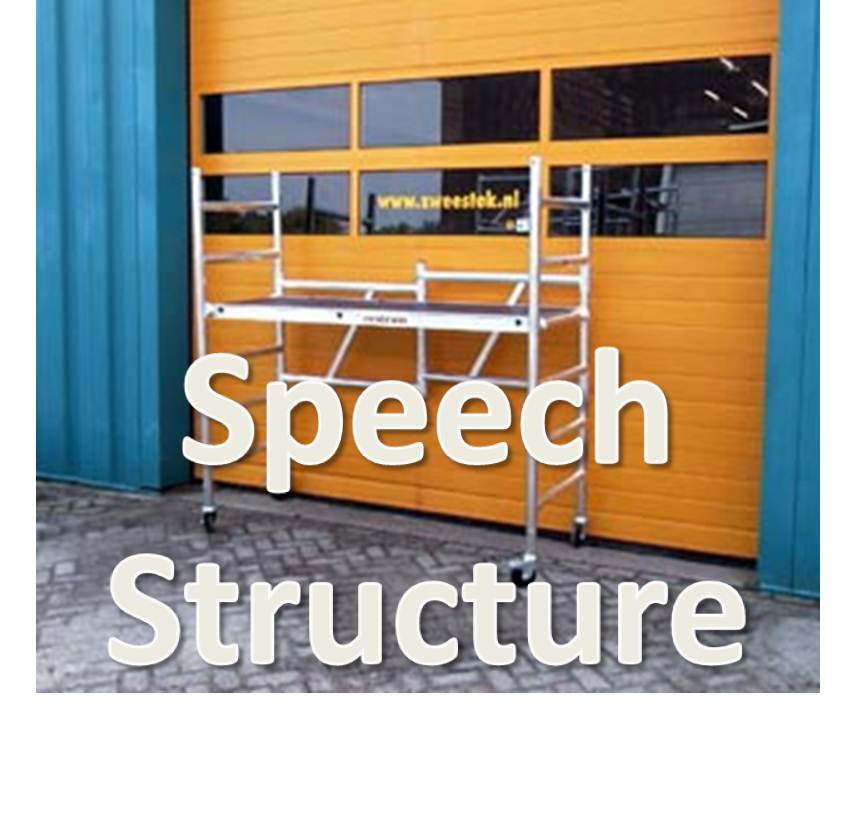A speech is written for the ear and not the eye. Unlike reading an essay, a person cannot go back to review what you just said. Your audience is forced to go at your pace. Therefore, a speech must be clearly and simply organized to help your audience follow your line of thought.
This post is a quick look at the basics of organizing a speech, including the SHARP method for supporting your points (based on an acronym provided by Joe Sharp).
Introduction (10-20% of your speech):
The introduction needs to accomplish three basic things, the 3 Ps mentioned earlier:
- Pep—get attention (questions, startling statements, quote, story/humor)
- Promise—state solution or benefit (give your audience a reason to listen. Sell a vision)
- Path—preview points (tell them where you are going)
Transition
Body (70-85% of your speech):
The body typically will have three main points (people remember 3 points easily), with each point being supported by a both a mental anchor and a power phrase. Mental anchors help the point stick in the mind and are designated by the acronym SHARP :
Story (or analogy/metaphor)
Humor
Activity
Reference/quote
Photo/prop
Power Phrases are catchy phrases that sum up the point in a memorable, repeatable way.
For example “Facts tell, but stories sell.”
Transition between each point and transition to the close
Conclusion(5-10% of your speech)
The conclusion also needs to accomplish three basic things:
- Revisit the points and promise from the introduction
- Close with a big anchor—see following sections on openings and closings. Your most powerful anchor should go here, or find its completion here.
- Call to action (the action might be a call to a different way of thinking, via a final thought-provoking question, or a call to feel differently about something and change an attitude, or it can be a call to a physical action).
More on transitions next week!

